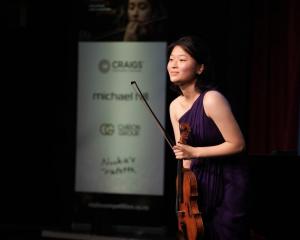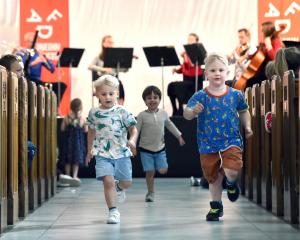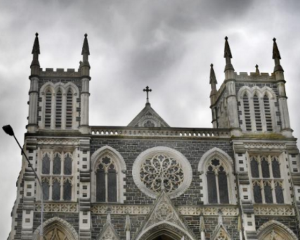
No small part of the excellence of the performance can be attributed to the wonderful tone of Hristova’s instrument, a 1655 Nicolo Amati violin. Houstoun’s performance as an accompanist is also greatly endowed by his long career as a virtuosic soloist.
The rapport between performers and the finely balanced ebb and flow of energy dynamic and phrasing were outstanding at all times.
It was also an evening in which the second movements of each work seemed to hold the most emotional importance.They opened the evening with the Mozart-ian sounding Sonata No 5 in F major Op 24 — "Spring".
The second movement, adagio molto espressivo, lifted off the pages with serene intensity. Its fourth movement, rondo: allegro ma non troppo, rounded the work’s themes with dancing lyricism.
The magnificent Sonata No 6 in A Major Op 30 No 1 shows Beethoven coping with his increasing adversities. Its harmonies edge towards a late 19th century dissonance and piquancy. It is the most self-absorbed of the works which nonetheless encompasses a series of moods from grave to lightly tripping. Again the second movement adagio molto espressivo was given a most divinely inspired interpretation.
The final work of the evening was Beethoven’s final work for the genre, the Sonata No 10 in G Major Op 96. The second movement adagio expressive brought anthem-like melodies to warm the majestic first movement allegro moderato. The final movement poco allegretto was an eloquent tour of virtuosity and an exquisite joyous note on which to end the evening.
- Marian Poole
Houstoun and Hristova play Beethoven
• Glenroy Auditorium, Tuesday, September 5











